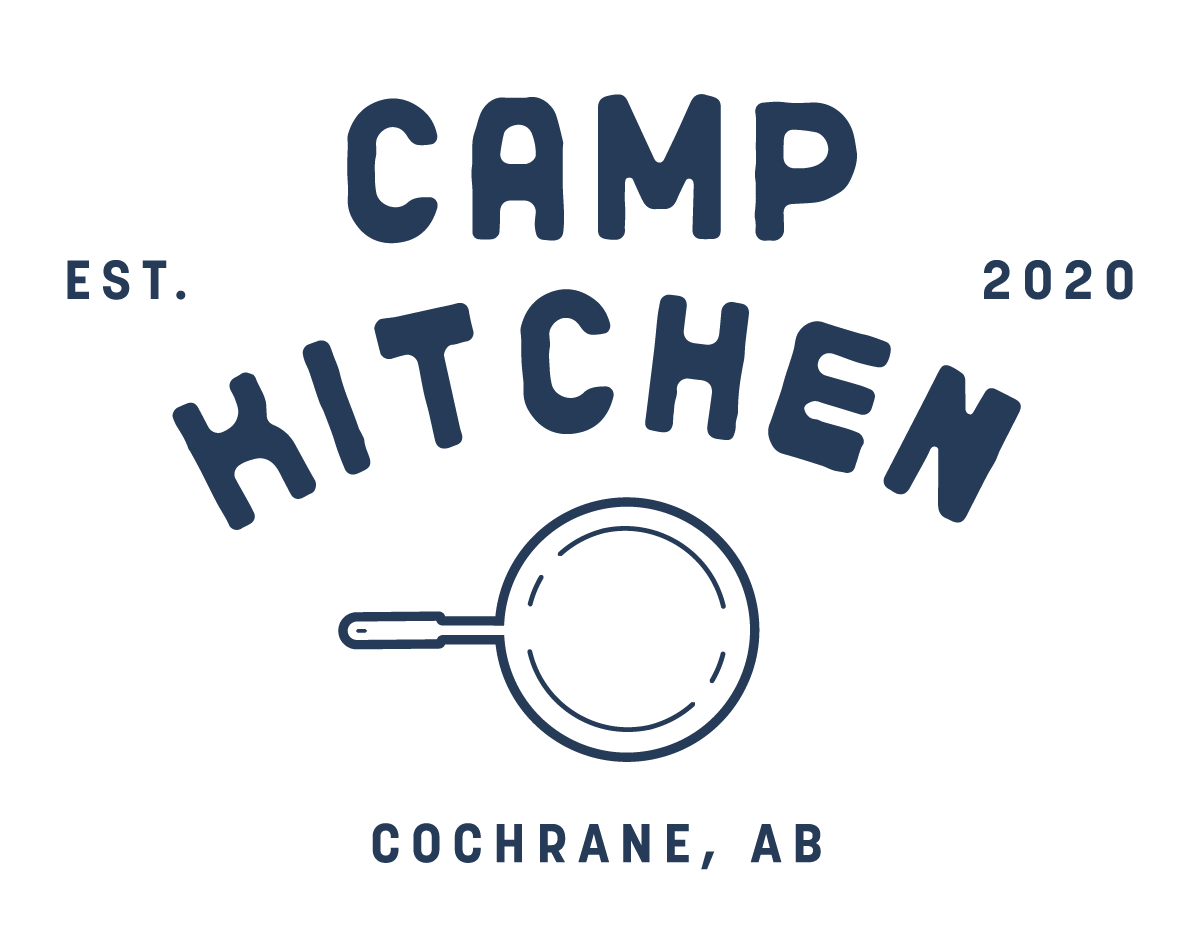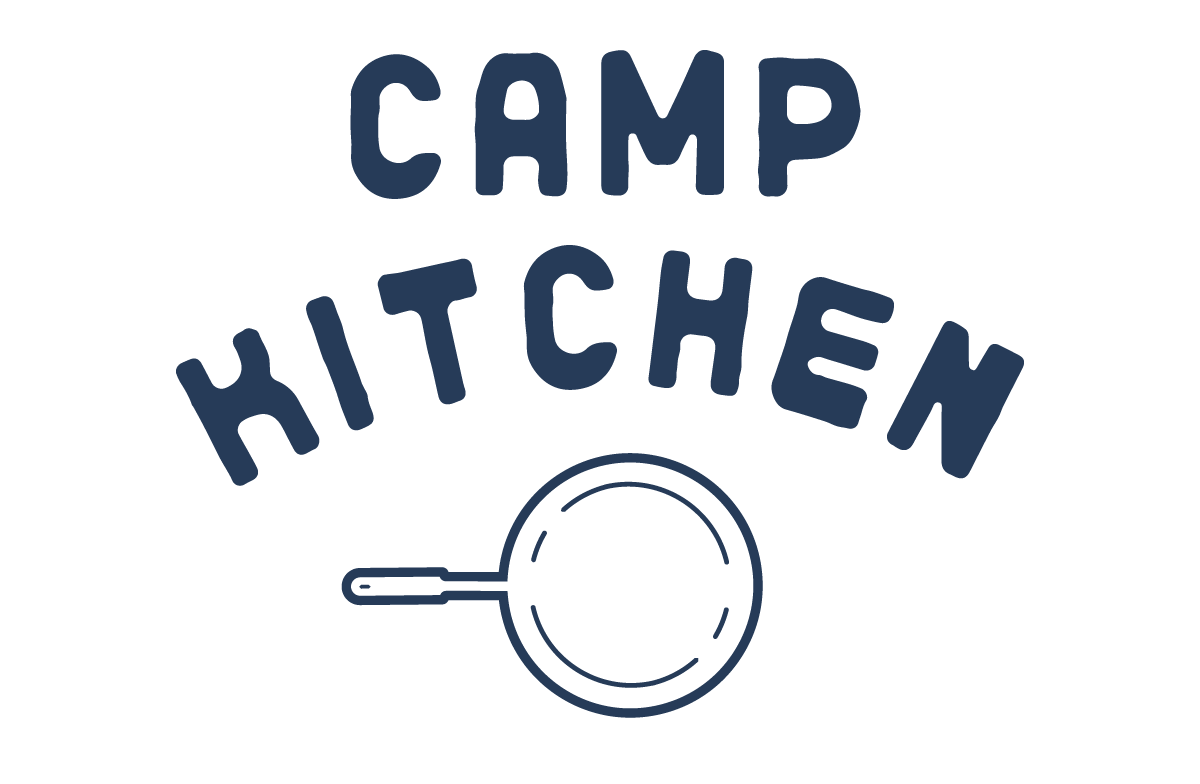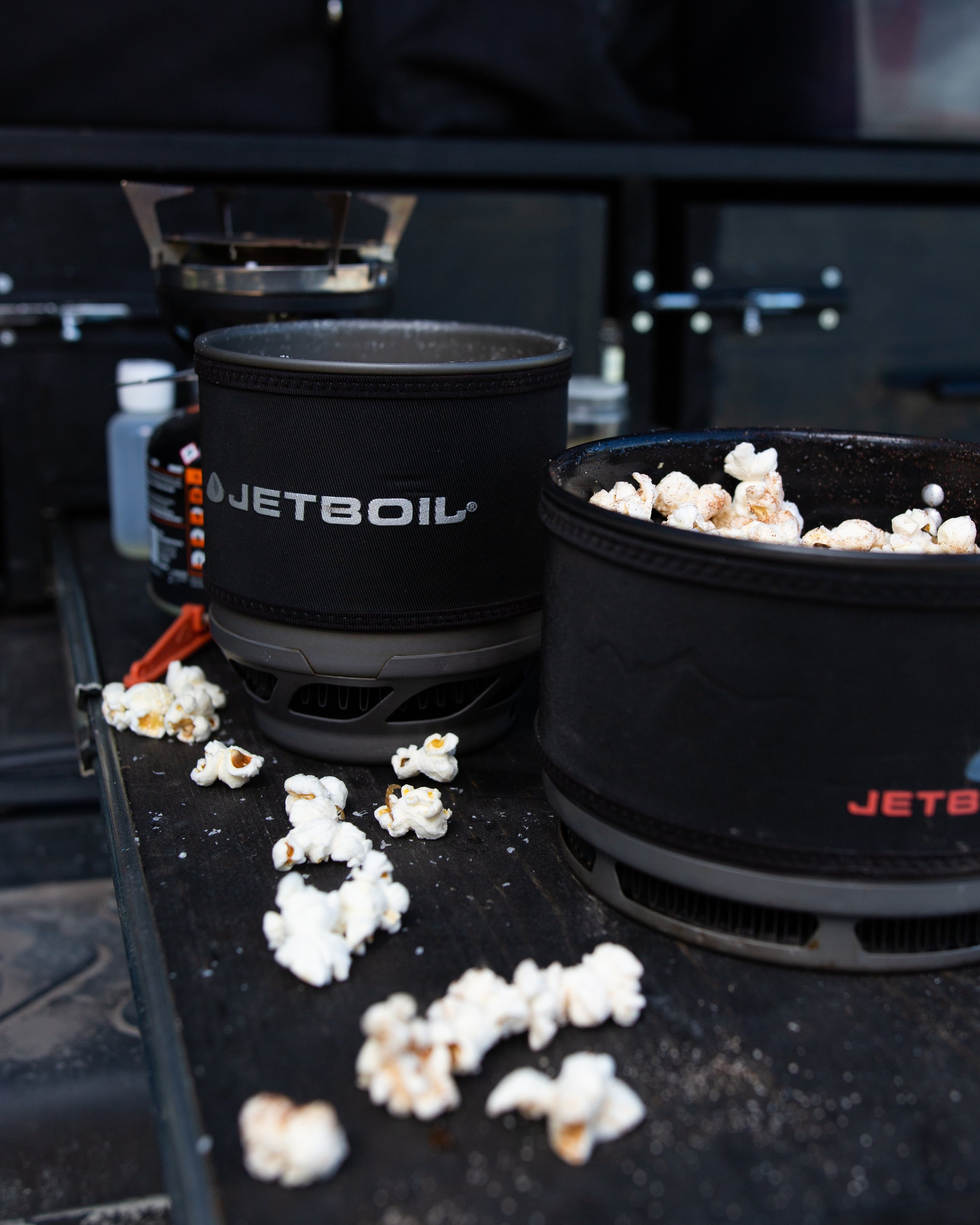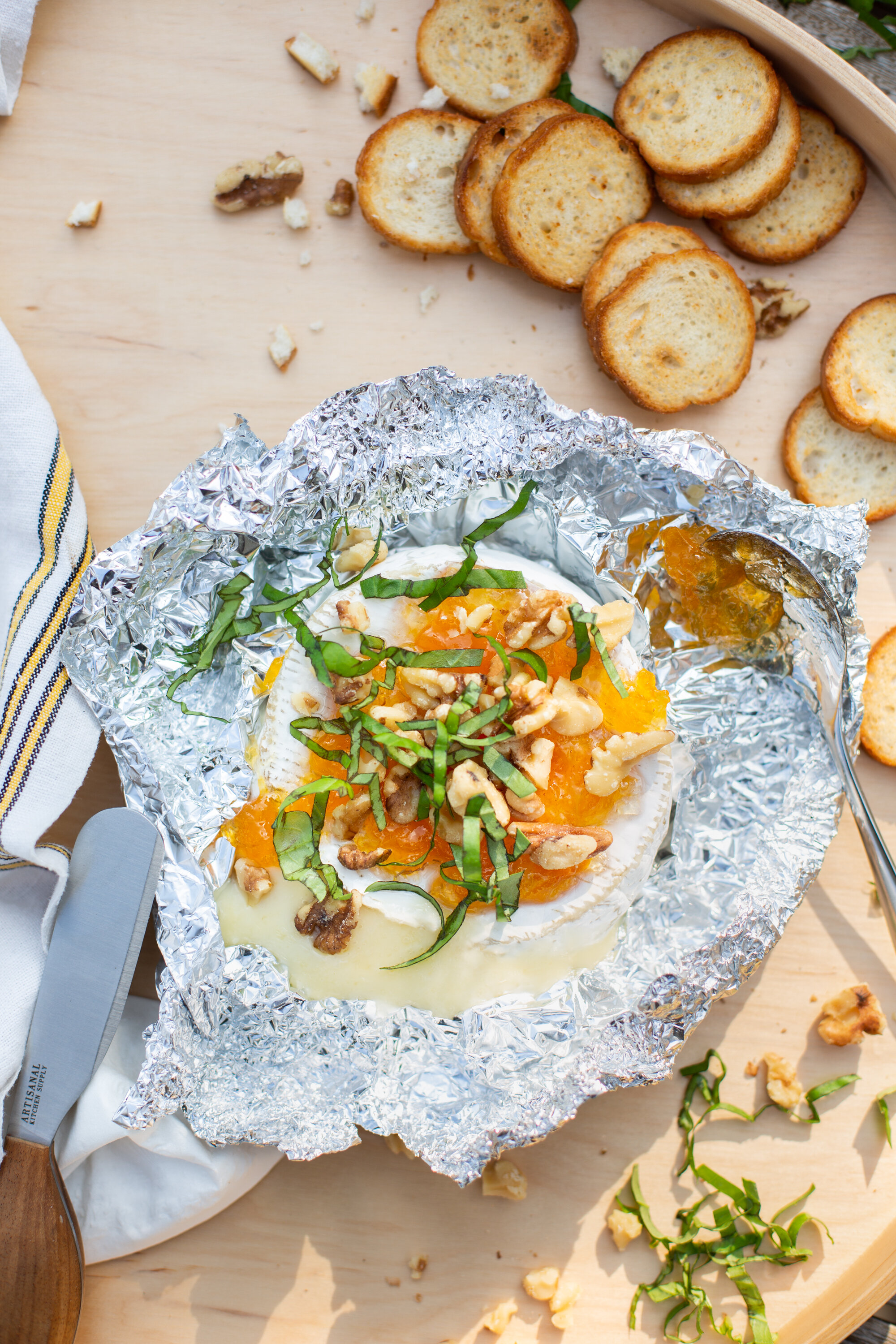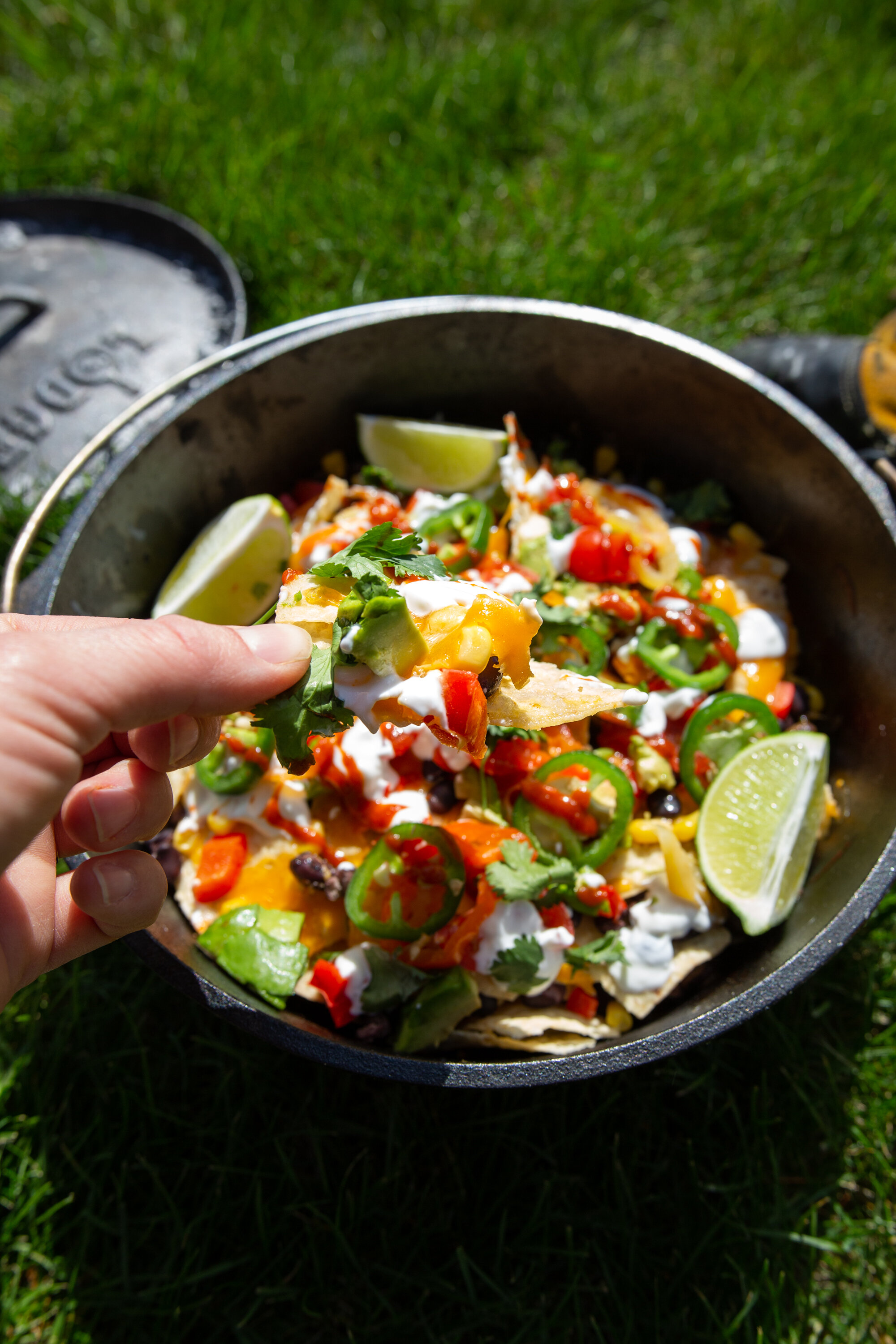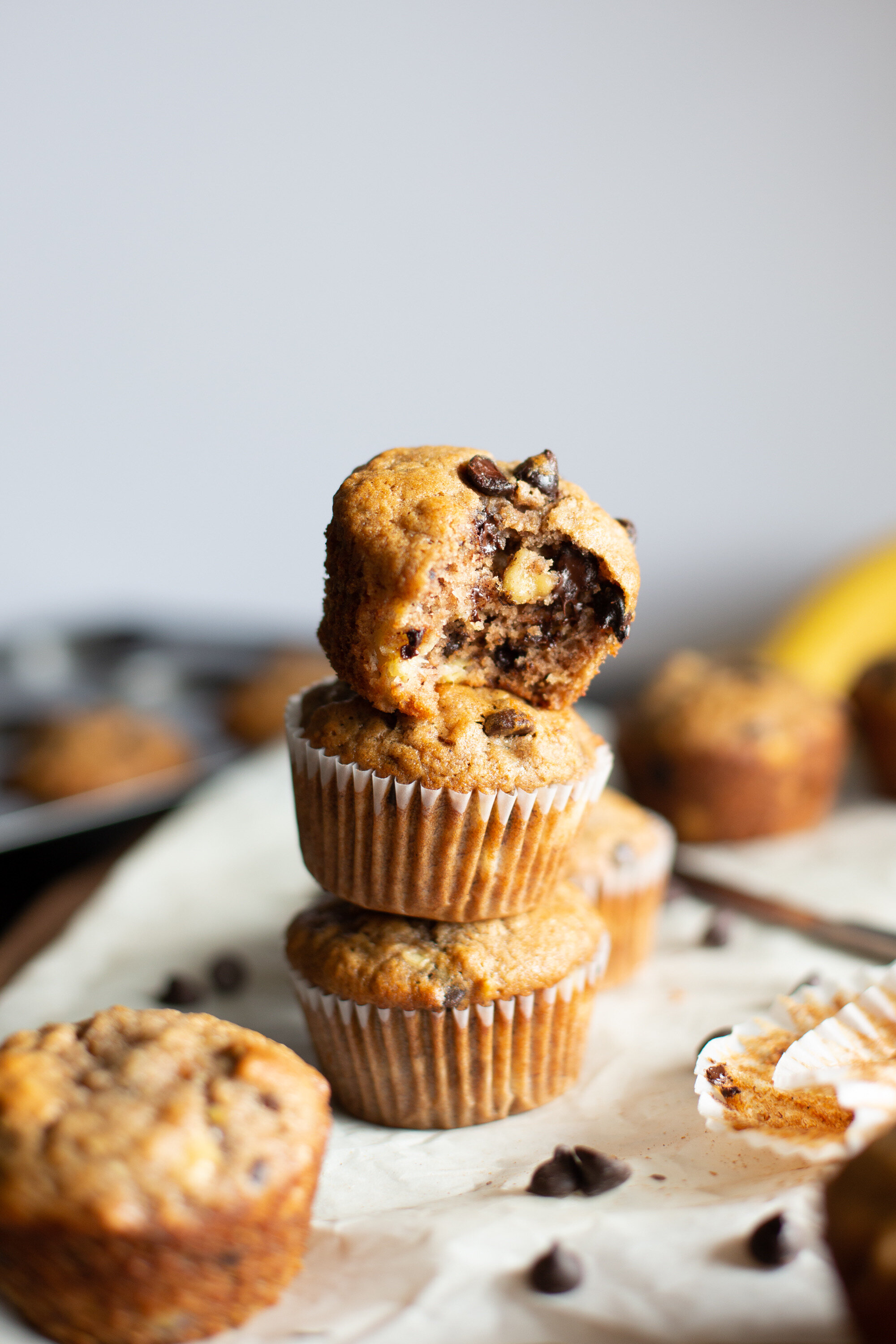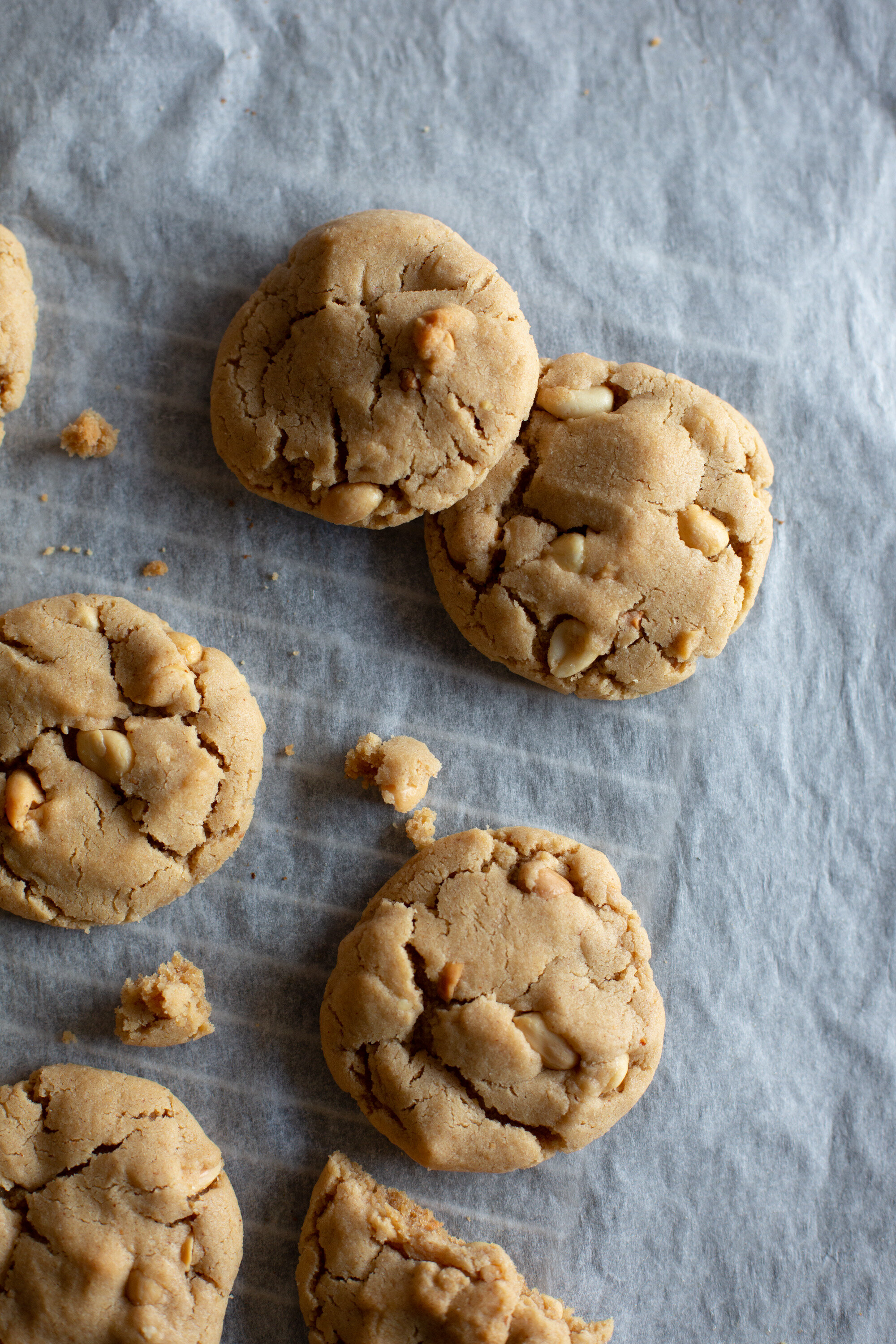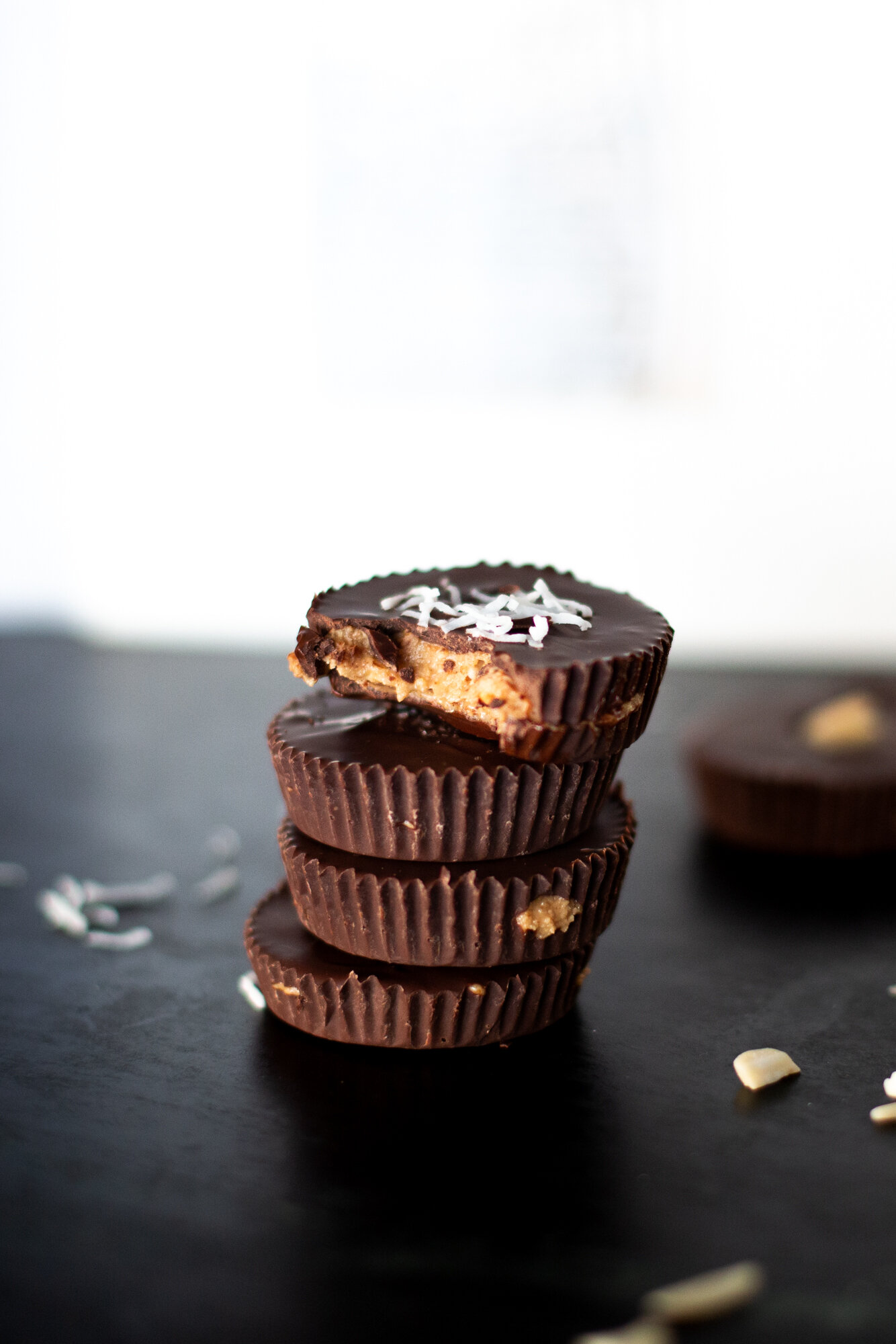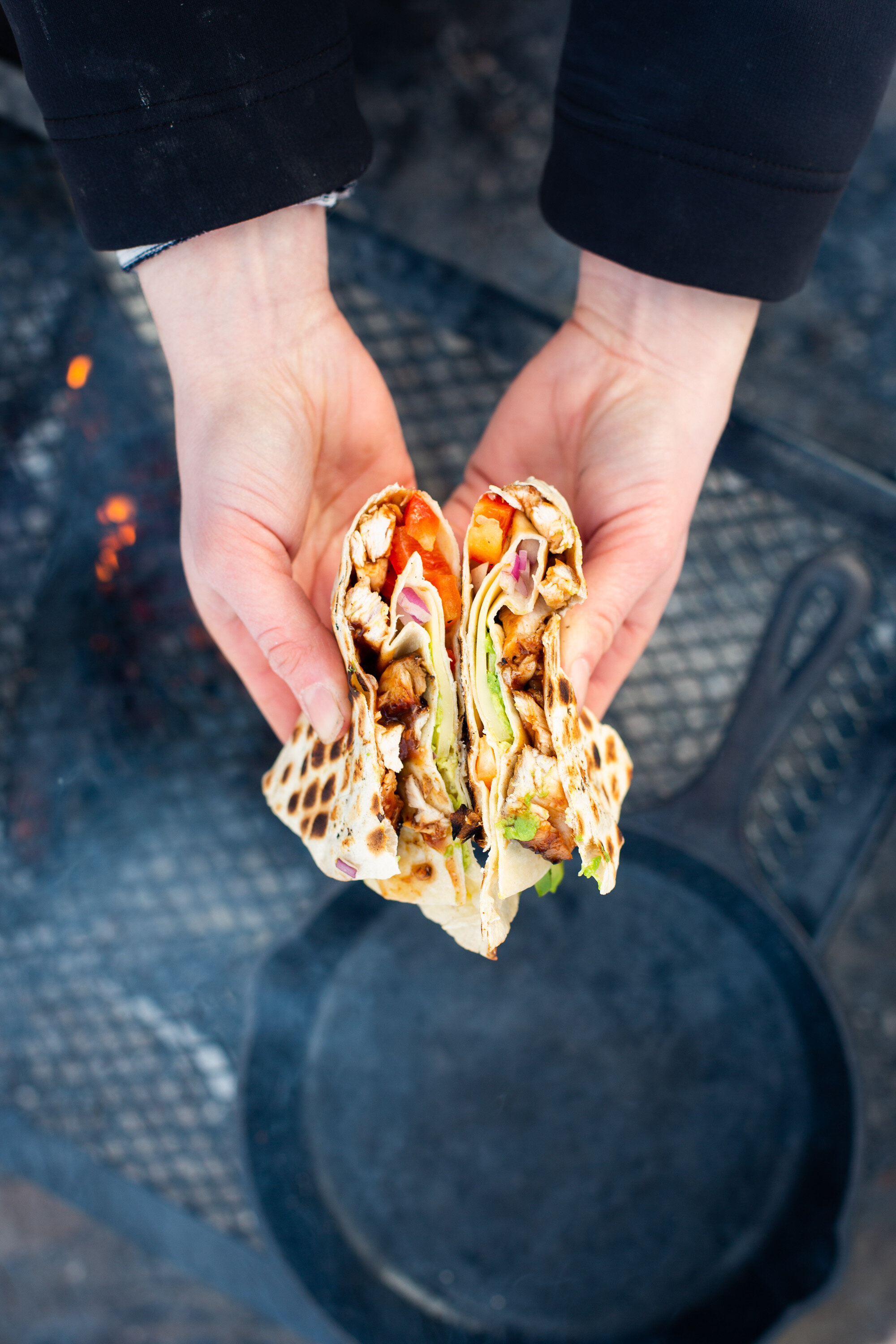Hiking Snacks To Keep You Fuelled
Lost on what to bring on your next hike? Make sure you’re fuelled well with these energizing hiking snacks!
Do you ever struggle with low energy during hikes? I know I have! And as a Registered Dietitian, I chat to a lot of people who’ve expereinced the same. So in this blog post we’re talking about how to fuel well for outdoor activities, specifically low-moderate intense activities like hiking.
What are the best foods for a hike?
An important place to start when knowing how to fuel well for a hike, is to understand how our body uses energy and its go-to energy sources.
Carbohydrates are our bodies primary source of energy, especially in moderate-high intensity activity. In low intensity activity, our body burns a combination of carbs, fat, and a little protein. Knowing this, in order to maximize our energy available for the hike, we want to fuel with a balanced meal/snack ahead of time that contains a great source of carbohydrates with a moderate amount of protein, fat, and fibre for longer, sustained energy.
Carbs are primarily found in grains/starches (bread, oats, wraps, pasta, rice, cereal, crackers, potatoes, granola bars, legumes, etc.), fruit, and dairy foods like yogurt and milk. They are generally digested quickly whereas protein, fat, and fibre are digested slower and will keep you feeling full for longer. Considering this, make sure to give yourself at least 3 hours to digest a balanced meal like this to prevent getting stomach cramps, heaviness, or discomfort during the hike.
A note on timing
Timing may vary depending on individual tolerance however the general recommendation is to allow at least 3 hours to digest a balanced meal before starting your activity. Some people may tolerate a balanced meal closer than 3 hours, and some may need more time to digest to prevent cramping, nausea, and heaviness. It may take a little trial and error to find where you feel your individual best.
Some examples of balanced pre-hike meals are:
Oatmeal with nuts and berries or overnight oats. Try these delicious Blueberry Almond Joy Overnight Oats!
Toast with peanut butter and sliced banana
Breakfast wrap or sandwich with eggs, peppers, spinach, and avocado
Yogurt with granola, nuts, and fruit
Wrap with protein of choice, vegetables, and a piece of fruit on the side
Waffles or pancakes with fruit and maple syrup
What if I don’t have 3 hours to digest?
If you’re heading out for an early morning hike or simply don’t have 3 hours to digest a meal before you plan on starting your hike, plan to have a carb-rich snack 1-2 hours before you start hiking. The shorter time period means we need energy fast and readily accessible, so focusing more on carbs/sugars and less on protein, fat, and fibre is more ideal in this case.
Some examples of easy pre-hike snacks are:
Fruit smoothie
Cheese and crackers
Low fibre cereal, such as cheerios, with milk and fruit
A piece of fruit like a banana or apple
Muffin; these Banana Bread Muffins are one of my favourites
Energy balls, like these
Trail mix that has carbohydrates like dried fruit, cereal, pretzels, etc. Try out my DIY Trail Mixes
Hiking Snacks
Okay, so you fuelled up before starting your hike but you’re 2 hours in and starting to feel your energy decline. What should you be reaching for in this case? Something to top up your energy! The type of hiking snack you’re grabbing may depend on the type of hike you’re on.
For hikes that include steep elevation changes or you’re moving quickly (like a trail run), it’s better to focus on easily digestible carbohydrates or sugars that will give us quick energy and little on protein, fat, and fibre, for reasons mentioned earlier (prevent cramping, nausea, etc.) To give your body the most readily available energy, focus on hiking snacks like:
Dried fruit like raisins, mango slices, pineapple, etc. or fruit bars
Fresh fruit like apples or mandarin oranges (choose ones that won’t bruise easily in your backpack; I tend to avoid bananas for this reason)
Low-fibre crackers (less than 2g fibre per serving to avoid slowing down digestion too much and getting cramps)
Granola bars (again, looking for lower fibre)
Sports gels or sports drinks containing glucose
Fruit gummies like Welch’s fruit snacks
Candy
Sesame snaps
Low-fibre cereal mixed with dried fruit (homemade trail mix)
For lower-intensity hikes with gradual changes in elevation or speed, hiking snacks can look a little more balanced with both carbs and a small amount of protein or fat to provide longer lasting fullness and energy. Some examples include:
Granola bars with nuts or protein bars
Crackers and cheese
Trail mix
Whole grain bagel with hummus and cucumber or peanut butter and honey
Peanut butter and jam sandwich
Energy bars
Muffins or trail mix cookies like these Hikers Cookie
Energy balls
Beef jerky and dried fruit
TIP: for a multi-day backpacking trip, plan to have a variety of hiking snacks that include foods from both categories above. This ensures you have snacks for all types of terrain and intensities.
How often should I be eating during a hike?
Timing of snacks during a hike will vary from person to person depending on your energy levels, hunger, and preferences, but a general tip would be to aim to have something small every 1-2 hours to keep your energy levels topped up, especially during more intense terrain.
How to tell if a hike is high or low intensity
This is where the importance of pre-planning can come into play. There are so many resources out there to use and with a little research, you can easily gather the necessary information to pack along the right snacks for your hiking adventure. Here are some tips to plan your snacks accordingly:
Check trail reports and information using maps, government/parks websites, or apps like AllTrails or Gaia GPS for tips on length, intensity, elevation gain, and terrain reports. Often times you can read others comments on the current state of a trail and note anything that may impact the intensity or difficulty (such as icy conditions, trail washed out, detours, etc.)
If you know anyone who has done the hike before, ask about their experience (how long it took, what the incline was like, etc.).
Assess your own fitness level and experience and choose a hike accordingly using the tips above.
